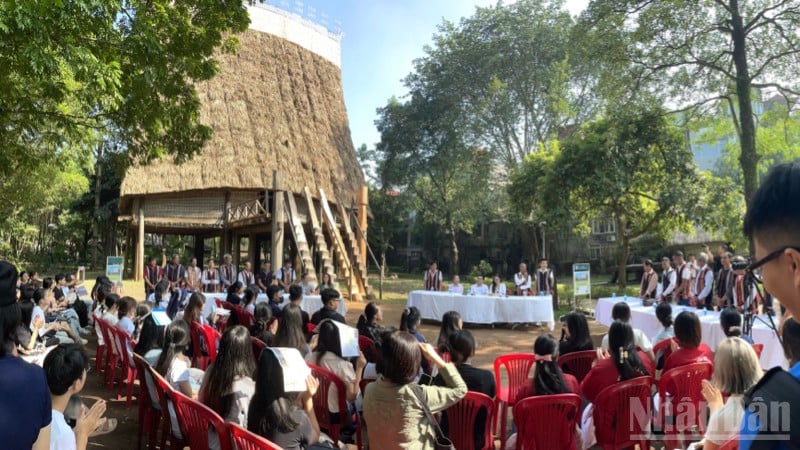
Attending the event were researchers, museum staff, 20 experienced Ba Na craftsmen in building and repairing communal houses from Ngok Bay commune, Quang Ngai province, and students from Hanoi University of Culture, School of Interdisciplinary Sciences and Arts (Vietnam National University, Hanoi)...
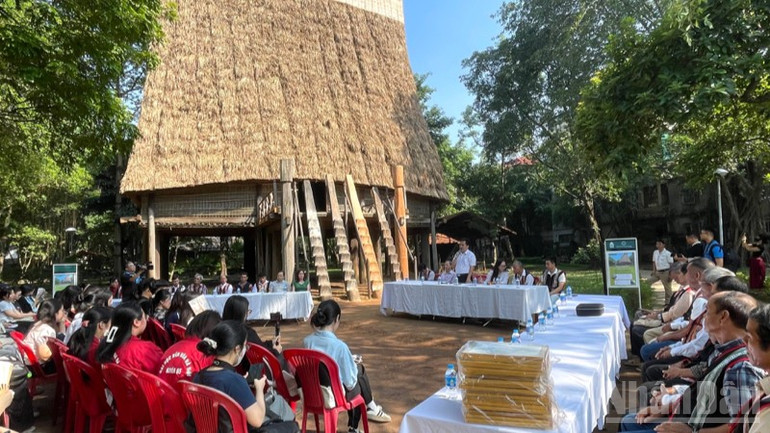
The communal house is a unique cultural symbol of the ethnic groups in the Central Highlands. It is not only a center of community activities and a place for traditional festivals, but also a crystallization of historical, spiritual, artistic and folk knowledge values. However, in the face of changes in modern life, the preservation and promotion of the communal house's value is facing many challenges.
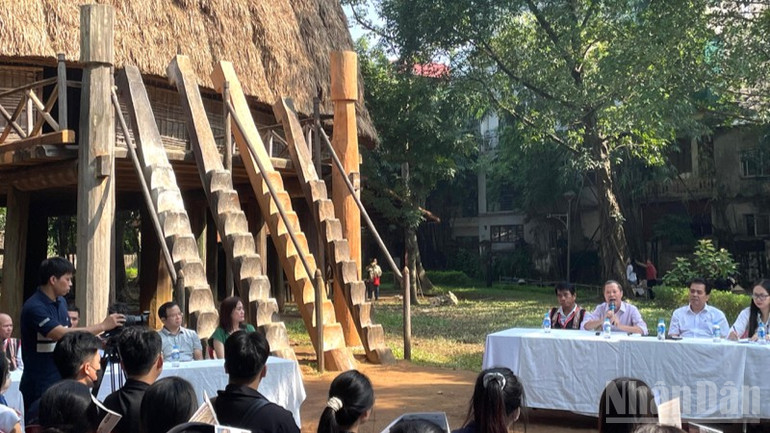
At the seminar, experts shared experiences in preserving communal houses in the space of the Vietnam Museum of Ethnology and discussed issues arising in the current work of preserving folk architectural heritage. University students also had the opportunity to interact with the Ba Na community, directly learning about the traditional cultural life of the Central Highlands people through the architecture and space of communal houses recreated at the museum.
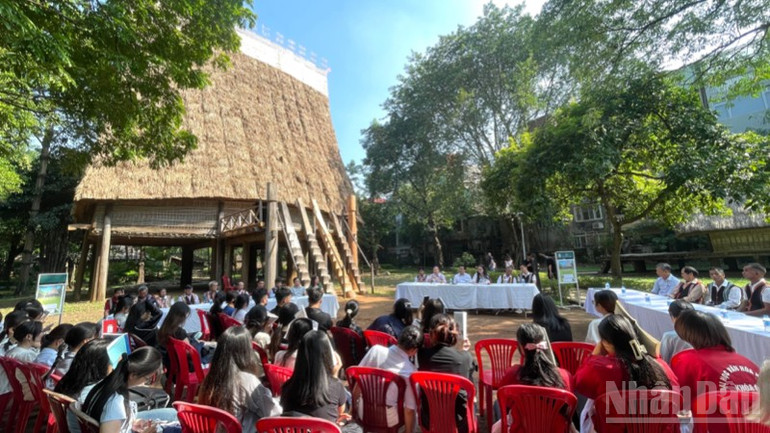
In early October, 20 Ba Na craftsmen from Ngok Bay commune directly repaired the communal house in the grounds of the Vietnam Museum of Ethnology. Artisan A Ngheh, one of the people who participated in building and repairing the communal house, shared: For the Ba Na people, the communal house has an extremely important meaning. This is the place to hold festivals, discuss village affairs, and also a place to unite the community, foster traditions and solidarity.
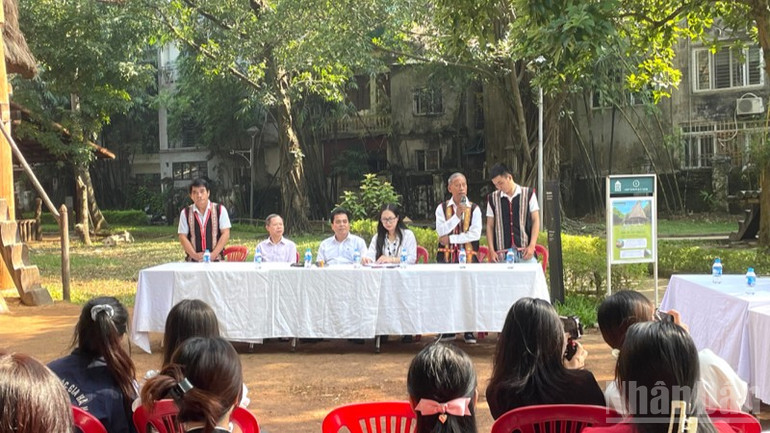
At the discussion, Deputy Director in charge of the Vietnam Museum of Ethnology Bui Ngoc Quang said: The communal house is a cultural mark of the ethnic groups in the Central Highlands. The museum has chosen a typical communal house of the Ba Na people in Ngok Bay commune to restore, thereby helping the public and visitors to understand more deeply about the architecture and cultural values of the traditional house. It is a symbol of community strength, but over time, natural materials are scarce, traditional villages have gradually changed, causing the communal house to be lost. Therefore, preserving the communal house in the museum space is a way of preserving it in a targeted way, contributing to spreading knowledge and national cultural identity.
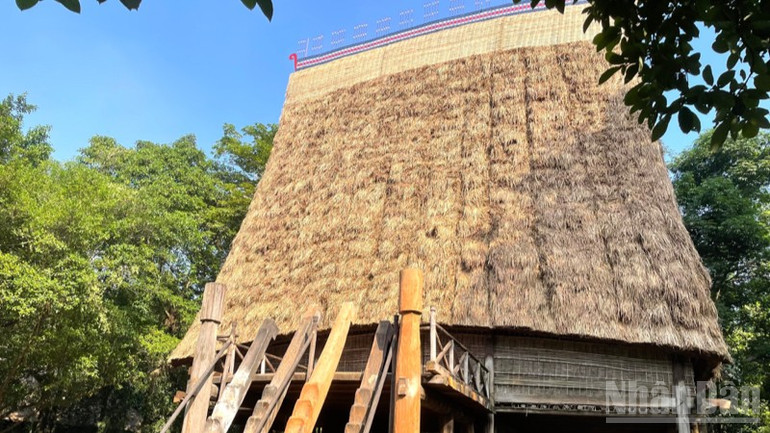
Along with preserving artifacts, the museum also focuses on storing documents, technical specifications and folk knowledge using modern technology to faithfully recreate the image of traditional houses and help the public feel the cultural flow through each historical period.
The activities of restoring and repairing communal houses and holding discussions demonstrate the cooperation between researchers, artisans and museum workers in preserving the cultural heritage of Vietnamese ethnic groups, contributing to spreading the spirit of respecting and preserving the "soul" of national culture in the midst of contemporary life.
Source: https://nhandan.vn/giu-nep-nha-rong-giua-nhip-song-duong-dai-post916251.html


![[Photo] Collecting waste, sowing green seeds](https://vphoto.vietnam.vn/thumb/1200x675/vietnam/resource/IMAGE/2025/10/18/1760786475497_ndo_br_1-jpg.webp)
![[Photo] Closing ceremony of the 18th Congress of Hanoi Party Committee](https://vphoto.vietnam.vn/thumb/1200x675/vietnam/resource/IMAGE/2025/10/17/1760704850107_ndo_br_1-jpg.webp)
![[Photo] General Secretary To Lam attends the 95th Anniversary of the Party Central Office's Traditional Day](https://vphoto.vietnam.vn/thumb/1200x675/vietnam/resource/IMAGE/2025/10/18/1760784671836_a1-bnd-4476-1940-jpg.webp)

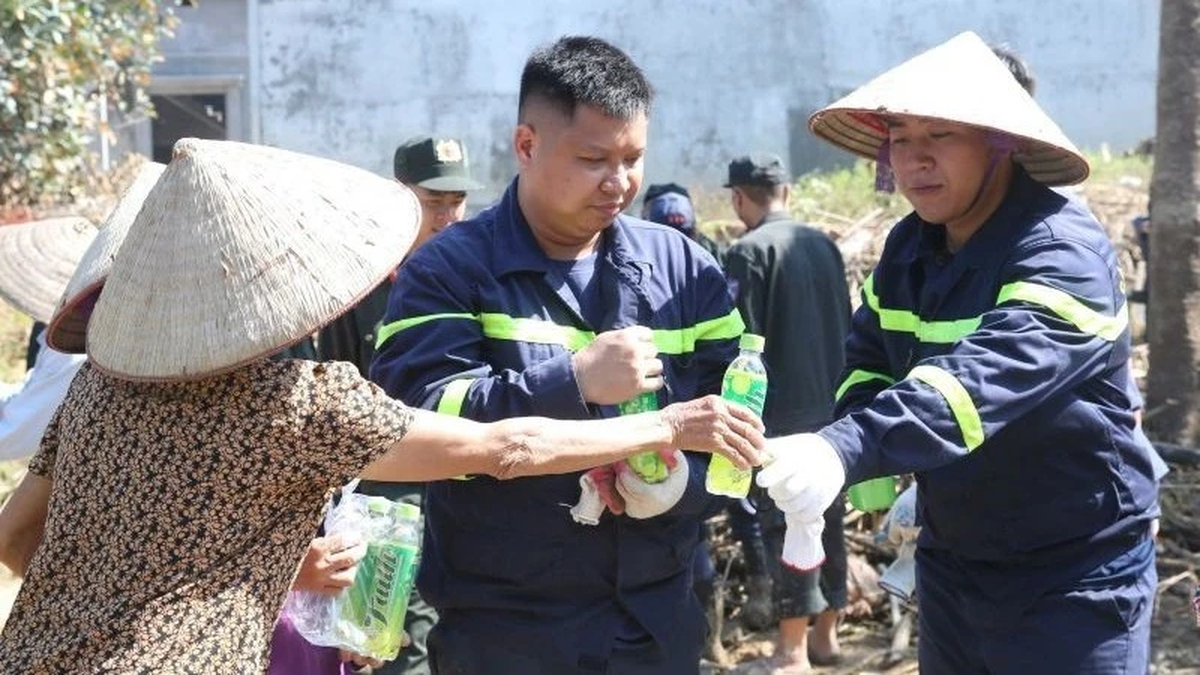

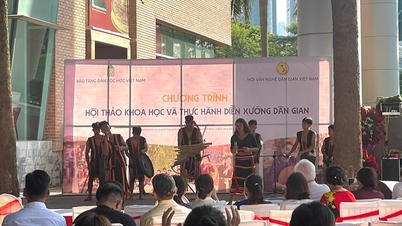



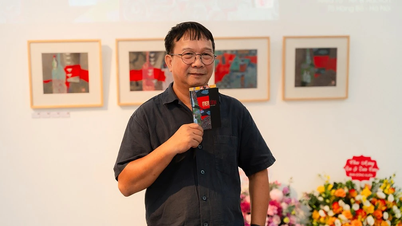



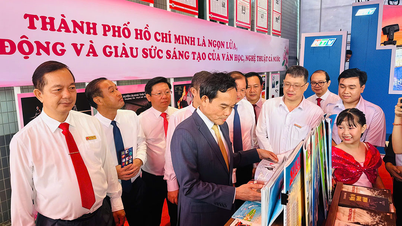





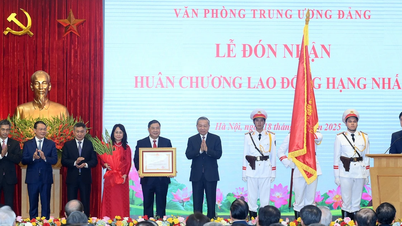

![[Photo] Collecting waste, sowing green seeds](https://vphoto.vietnam.vn/thumb/402x226/vietnam/resource/IMAGE/2025/10/18/1760786475497_ndo_br_1-jpg.webp)
![[Photo] General Secretary To Lam attends the 95th Anniversary of the Party Central Office's Traditional Day](https://vphoto.vietnam.vn/thumb/402x226/vietnam/resource/IMAGE/2025/10/18/1760784671836_a1-bnd-4476-1940-jpg.webp)





































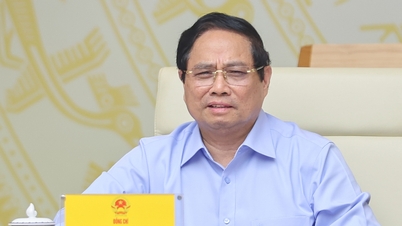



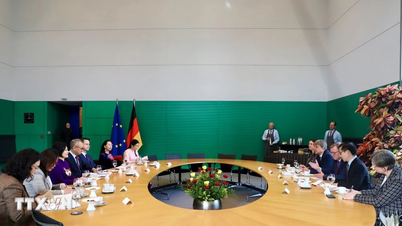
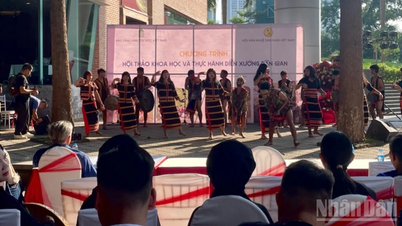











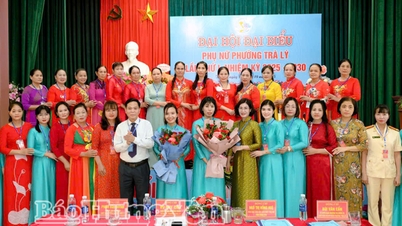
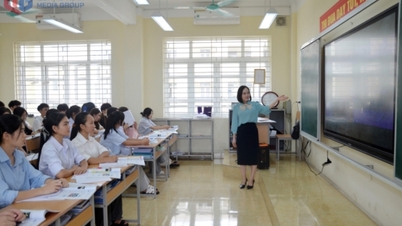

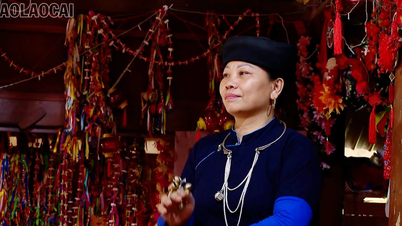

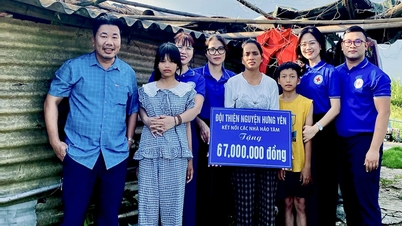
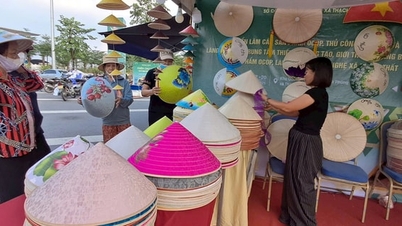













Comment (0)